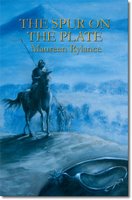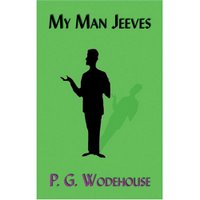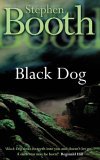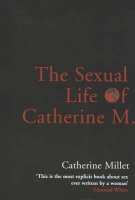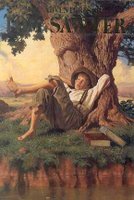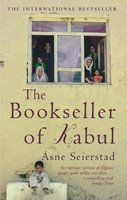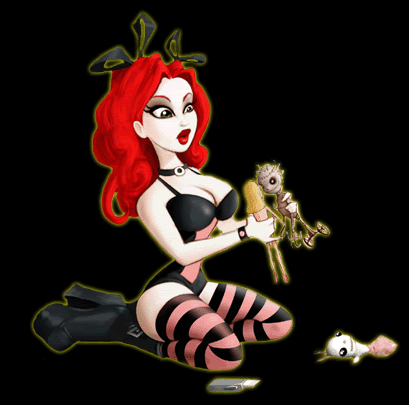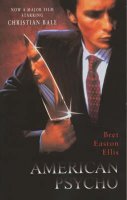 Title: American Psycho
Title: American Psycho
Author: Bret Easton Ellis
ISBN # 033049189X
Publisher: Picador Thirty
First Published: 1991
384 pages
Format: paperback
Rating: 6/10 Synopsis:
Patrick Bateman is Harvard-educated and intelligent. He works by day on Wall Street, earning a fortune to complement the one he was born with. His nights he spends in ways we cannot begin to fathom - doing impermissible things to women. He is living his own American Dream.
Review:
I'd seen the film already and had been intrigued as everyone said the film was incredibly graphic, but I didn't find it all that viscerally visual, although I'd been told the book was more descriptive in its violent scenes. This was absolutely correct.
From the outset, Patrick Bateman is a meticulous person who obsessively lists a person’s attributes – in his world, a person’s job, possessions, politics and how he presents himself is who he is. He’s a mass of contradictions, expressed both in his politics and his lifestyle, for example, he takes good care of himself, exercises regularly, has a rigid skincare regime and worries about such things as the sodium content of soy sauce, yet takes drugs at every opportunity.
In typical “serial killer” style, he is repeatedly described as “the boy next door”, despite the fact that he continually tries to convince people otherwise, even whispering under his breath, “No I’m not, I’m a fucking evil psychopath,” almost as if his murderous impulses are caused by his desire to distinguish himself from others (who all seem to be identikit versions of the stereotypical yuppie and are continually mistaken for each other – they are interchangeable non-entities).
Bateman is primarily a visually stimulated person, whether it's taking note of the minute differences between the various business cards, or getting off on a scene in a movie where a woman is drilled to death. He seems to be a stickler for time - he is almost reduced to tears when he thinks he and his colleagues won't get a good seat in the restaurant due to taking so long to decide on a destination. I found I could empathise with him on this aspect of his character, as I often get very frustrated when trying to arrange something like that although I promise I’m not a psychopathic killer!)
A man of extremes, Bateman has a very short fuse over the most inane things (such as pizza), yet can instantly switch back to a calm, commanding persona, resuming control of a situation. His appeal is quite disturbing – I found myself, on occasion, actually liking him, despite his homicidal tendencies, and loved that he was so brazen and bold in taking his bloodied sheets and clothes to a cleaner.
The mention that he reads the biographies of serial killers wouldn't ordinarily cause concern, but in this case, knowing that he's psychotically violent, it's rather disturbing that he admires them so much and is emulating, possibly trying to surpass, them. He also objectifies women (referring to them as “hardbodies” - as do all his friends), keeping them anonymous.
There's an interesting section near the end (don't worry, I won't divulge any major plot details) where Bateman briefly refers to himself in the third person which is rather surreal - he really is losing the plot at that point. I also wonder how much of the narrative only takes place inside his drug-crazed mind, and how much actually happens.
This was a very interesting read and I rather enjoyed parts of this descent into utter psychotic madness...
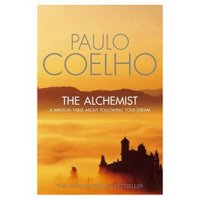 Title: The Alchemist
Title: The Alchemist